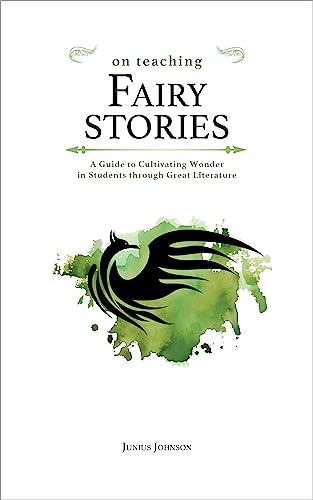On Teaching Fairy Stories: A Guide to Cultivating Wonder in Students through Great Literature

Should we still teach fairy stories in our homes and classrooms? If so, how could we teach fairy stories effectively, delighting and enchanting our students? In On Teaching Fairy Stories, Dr. Junius Johnson makes a compelling case for including these stories in our curriculum and teaching them as an essential part of every student’s education, arguing that fairy stories enchant the hearts and minds of students, enabling them to see the mythic truth that characterizes the cosmos.
The book includes several examples of how educators can teach fairy stories with such sources as Tolkien’s The Hobbit and Rossetti’s poem “Goblin Market” along with other classic and contemporary sources. The book also includes ideas for designing lessons and crafting student assignments as well as a foreword by Dr. Louis Markos, author of The Myth Made Fact, From Achilles to Christ, and On the Shoulders of Hobbits .
